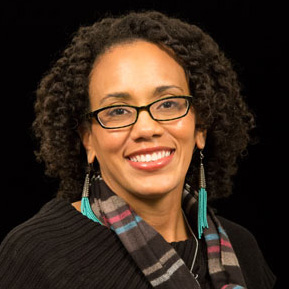by Tonia Deese •
As a resource parent, you have an important role in supporting all areas of permanence for children and youth in care. Permanency is not just about long-term living arrangements and who has legal responsibility for the child. In this article, I will focus on cultural permanence, or maintaining a child’s connection to their family, traditions, race, ethnicity, culture, language, and religion.
To put it another way, children and youth have a “right to experience stability and continuity of meaningful relationships” with their family, community, and culture (Bennett, 2015).
Cultural Permanence Matters
Cultural permanence is important in part because it affects outcomes:
- Loss of connection to culture can negatively impact social, emotional, and mental health.
- Strong ties to one’s culture improves well-being, coping skills, and self-esteem.
- Cultural ties give youth a sense of connection to a larger community and support system, which are important to building resilience.
- Cultural connections can promote psychological safety by reminding youth they have a community that loves, understands, and accepts them.
- Traditions from cultural and faith communities can help youth heal from grief and trauma.
(Bennett, 2015; Payne, 2017; Stafanson, 2019)
From My Own Perspective
As an Indigenous woman, I know the identity struggle well. For many years, I struggled with identity, as I faced stereotypes and discrimination due to my culture. However, I had the benefit of being from a tight-knit tribal community. I had parents, grandparents, aunts, and many others who were there to teach me about my culture. This helped me to understand who I am. Without my community, I don’t know if I would have successfully navigated this struggle. For children and youth in care, who do they have to turn to in their search for identity?
For American Indian people, culture is deeply connected to who we are. When we lose our culture, we lose our sense of self and we lose resources that can help us bounce back from trauma. To this point, I’d like to share the words of two Indigenous youth interviewed in Focus on Adoption magazine:
- “I’ve always felt disconnected. I am [now] connected to my culture. It’s extremely important. It saved my life. All the missing pieces of the puzzle came together and it makes sense.”
- “My parents were not shy about letting us know it [culture] was a part of us…One thing I did get from my biological side is my spiritual side. I found peace and harmony with my spiritual side.”
Kelly Davie, the social worker for these youth, also sees the impact of cultural permanency: “I have had the honour of accompanying children and youth to their home communities…It’s hard to describe how happy the children were to be on the land, to be with their family and witness the ceremonies, to belong…they stand taller and carry themselves with greater confidence” (Payne, 2017).
While I shared an American Indian perspective, cultural permanence is important for everyone. “We must protect and preserve the unique cultural identity of every child and family” (Bennett, 2015).
Conclusion
With so many things to attend to when a child comes into care, it is easy for cultural connections to slip off our radar. Be an advocate to ensure cultural permanency is an area of focus, as it truly is in the best interest of the child. Wondering how you can support cultural permanence as a resource parent? See below for ideas.
Tonia Jacobs Deese is a member of the Waccamaw Siouan Tribe and a clinical assistant professor with the UNC-CH School of Social Work.
How Resource Parents Can Support Cultural Permanence
- Advocate for an individualized plan to ensure the child remains connected to their culture.
- Work hard to keep youth connected to their extended family, kin, and their cultural community.
- Take the child to visit their cultural community on a regular basis.
- Make room for the child to learn about their language, traditions, and spiritual/cultural beliefs—preferably from elders in their community.
- Expose youth to positive role models in their culture (through books, TV shows, museums, movies, etc.).
- Similarly, connect youth to a cultural mentor they can learn from and look up to. The tribal office, church, synagogue, mosque, or other community organization can help you find a mentor.
(Bennett, 2015; Payne, 2017; Stafanson, 2019)


